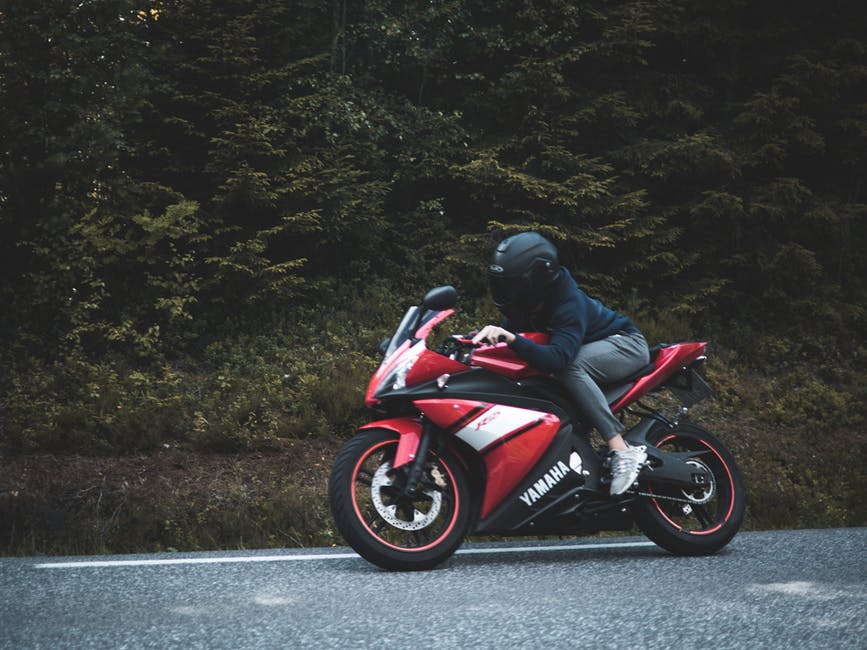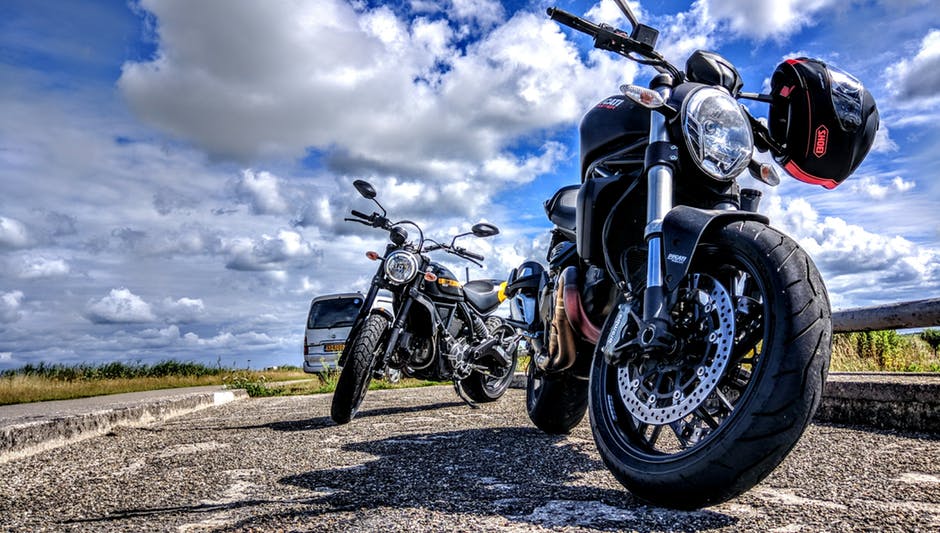Motorcycles are exhilarating and fuel efficient, and there tends to be a sense of camaraderie amongst enthusiasts. It’s not surprising that more people are becoming interested in them. New riders especially, however, need to be aware of proper motorcycle safety and the consequences of unsafe riding. It isn’t uncommon to see roughly 5,000 motorcycle fatalities per year in the US. This is largely due to the simple fact that motorcycles are far less crashworthy than a closed vehicle. The truth is that a motorcyclist is approximately 30 times more likely to die in a crash than a person in a closed vehicle. Despite these statistics, it is very possible to enjoy a lifetime of riding without injury. All new riders should know how to ride safely and minimize the chance of an accident.
Choose the bike that’s best for you
It’s advisable for new riders to choose smaller models since attempting to ride a bike that’s difficult to handle is one of the easiest ways to cause injuries. It should be easy for you to get on and off the center stand, and you should have no trouble placing your feet flat on the ground when seated. Controls should also be within easy reach at all times. These are some great options for new riders.
Wear appropriate gear
Of course, you should never ride a motorcycle without protective gear. Hopefully this is common sense, but the most important piece of gear is your helmet, and that can’t possibly be stressed enough. Bell helmets are a great defensive option for any rider, new or experienced.
In addition to a helmet, you should also be wearing gloves, boots (preferably with non-skid soles), and leather clothing. This will offer you maximum protection in case of a fall or skid. You might also consider adding reflective tape to your jacket to help other drivers see you, especially when riding at night.

Defensive riding
Speaking of other drivers, one of the most common causes of motorcycle accidents is another driver violating a rider’s right of way. Because of this, you’ll need to be extra vigilant and drive defensively since you can’t count on other drivers seeing you. There are some basic tips to follow for this including always riding with your headlights on, watching out for drivers changing lanes, signaling properly, and avoiding blind spots. No matter how confident you may become in your skills, you should never ride aggressively. Always remember that you are the most vulnerable motorist on the road.
Effective braking
There are plenty of misconceptions about motorcycle braking, ranging from anti-lock brakes being useless for experienced riders to the back brake serving little to no function. The truth is that the back break is crucial in the first second to avoid an accident. While it’s true that many bikes transfer their weight to the front when braking, the back is still heavily weighted initially, and using the back brake during this time can increase the overall effectiveness of the stop.
It’s also simply untrue that anti-lock brakes don’t need to be used by experienced riders. Any rider should invest in these, especially new ones. The reason for this is that many riders, especially inexperienced ones, are likely to lock the brakes in a panic when expecting a crash, and this takes away steering control. Anti-lock brakes help you maintain control while braking, and they can also help you maintain control during poor weather or slippery conditions.
Finally, nothing is better for a new rider than gaining experience in safe conditions. It’s highly advisable that you find a supervised riding course in your area. These are most often found at motorcycle safety foundations. This way, you can put your knowledge to the test in a safe environment and continue to grow.
Related Posts












